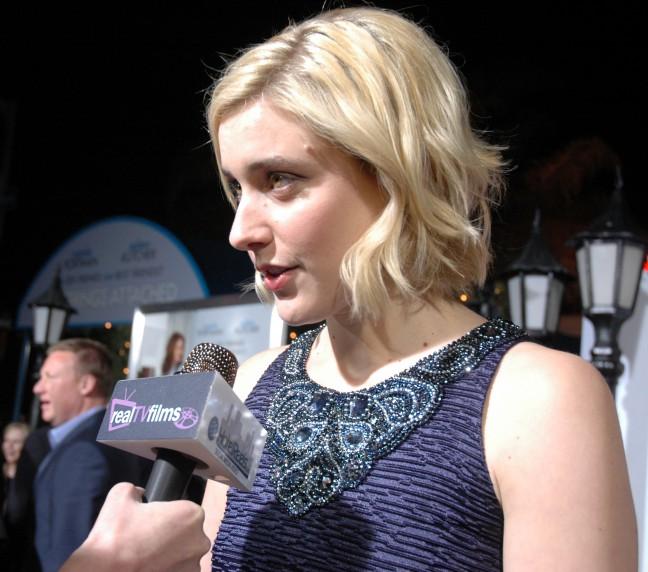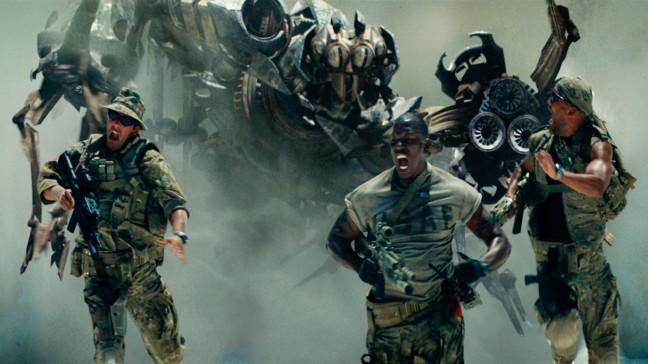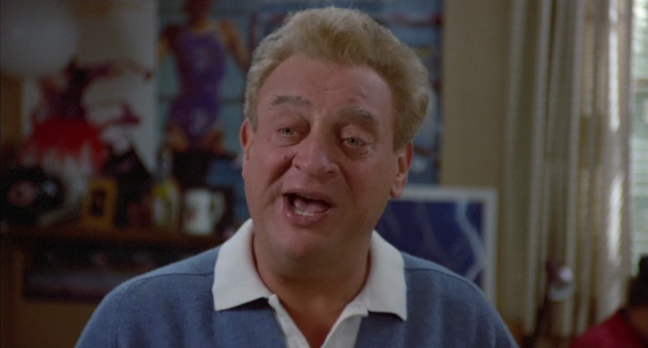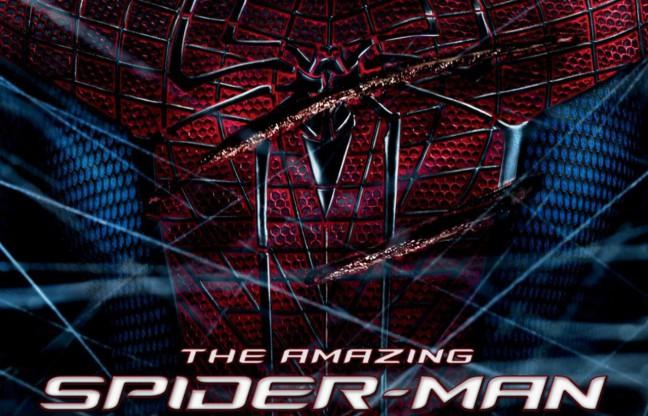With the arrival of the hideously overbudgeted and underwhelming “Jack the Giant Slayer” in theaters, the trend of retelling fairy tales in film is obviously starting to wear thin. Moviegoers only returned $19.7 million of the film’s $195 million budget in its opening weekend. “Jack” is yet another recent gamble from studio heads in a string of big-budgeted adaptations that include “Snow White and the Huntsman” and “Red Riding Hood.”
Revamping children’s classics and fairy tales for adult audiences raises a lot of questions: Why has this fad in filmmaking gained so much momentum? Is it laziness or are we out of original stories to tell?
To be fair, retelling or adapting fairy tales is entrenched in movie making. We, of course, can’t forget the start of the Disney monopoly of princesses with the premiere of “Snow White and the Seven Dwarfs” in 1937. Since that precedent-setting film, many studios have retold old fairy tales, whether from the eponymous Brothers Grimm or folklore. The majesty and magic of Disney films continue to influence generations of children to believe in any number of possibilities, from flying on magic carpets through the Arabian desert to fighting off a Frenchman on a castle roof.
Though many could argue these films undervalue feminism and promote prejudice, these classic cartoon and live-action films usually engender the sweetness of youth and a cherishing of tradition.
The fact many of these films and stories are now being inverted shouldn’t be much of a surprise once you look at the original stories many of these squeaky-clean films are based around.
In the retelling of the Greek myth of Hercules, they forgot to mention that he eventually kills Meg and all their children; in the original Hans Christian Andersen story “The Little Mermaid,” the mermaid princess has to watch her prince marry someone else before turning into sea foam; and in the adaptation of Daniel P. Mannix’s “The Fox and the Hound,” both animals die and there’s rabies galore. Most fairy tales have insidious backstories that aren’t explored once studios make the animals talk and the happy endings as sweet as saccharine. It’s not only adaptations that are dark, mind you. In “Hansel and Gretel,” their stepmother tries to murder them in the deep recesses of a forest, and then a witch tries to hack off a piece of Hansel’s flank to make stew before she’s burned to death.
These stories, no matter how sugar-coated and sweetened, are obviously morbid to begin with.
Many of these children-oriented stories are reared to cause fear in the child: Don’t talk to strangers or eat any shiny apples they may have, do your chores and a prince will take you away from here and always act the hero. These are all morals we teach the young, but for grownups, these lessons are useless and problematic to the storytelling process. Therefore, fairy tales are adulterated for a more mature and learned audience.
These stories can be in any form, reflect any sentiment and contain some horrifying yet uplifting images. For instance, Guillermo del Toro’s “Pan’s Labyrinth” inverts some conventions of fairy tale storytelling while still clinging to the supernatural, mythical, magical beings of fantasy. It’s set in a historical context of war and dehumanization, and yet it stays beautiful and somewhat wholesome. Another more converse example is “Suspiria,” directed by Dario Argento. Based on “Snow White and the Seven Dwarfs,” viewers can barely tell the origin of the film while watching. Its influences are based on color and the perverse themes that flit through the original story. The film also takes on its own message of blood and horror.
The reason many of these films flop is because the scripts don’t give any respect to or demonstrate understanding of an adult audience. Films often either try to blithely shoehorn a hackneyed love story for teenagers or be sardonic comedies that revolve around Julia Roberts making puns. Instead of giving this new-found treasure trove of film inspirations any credence, these fly-by-night flicks keep getting a green-light.
These films did something entirely new with a genre that is now filled with washed out, tired clich?s and baffling filmmaking choices.
New fairy tale adaptations are becoming bigger, tougher and grittier compared to early entries, such as “A Cinderella Story,” “Sydney White” and “Beastly.” Catherine Hardwicke, fresh off “Twilight”, directed the underwhelming and vampire-adjacent “Red Riding Hood,” which was certainly the first film in the fad to feature dark undertones and bloodlust. It was this clich?d catastrophe that led to films based on “Snow White,” “Hansel and Gretel” and “Beauty and the Beast.”
The boon of these films actually stems from the success of “Snow White and the Huntsman,” the far more serious adaptation of “Snow White” next to the thin-lipped comedy “Mirror Mirror.” Still, most of these films, while good for the studio, are most, if not all, critically flawed. Now, “Jack” will try its luck overseas to make up for some of its overbloated budget, but in the meantime, I can only hope this is a lesson well-learned for studios on what constitutes a good adaptation.













